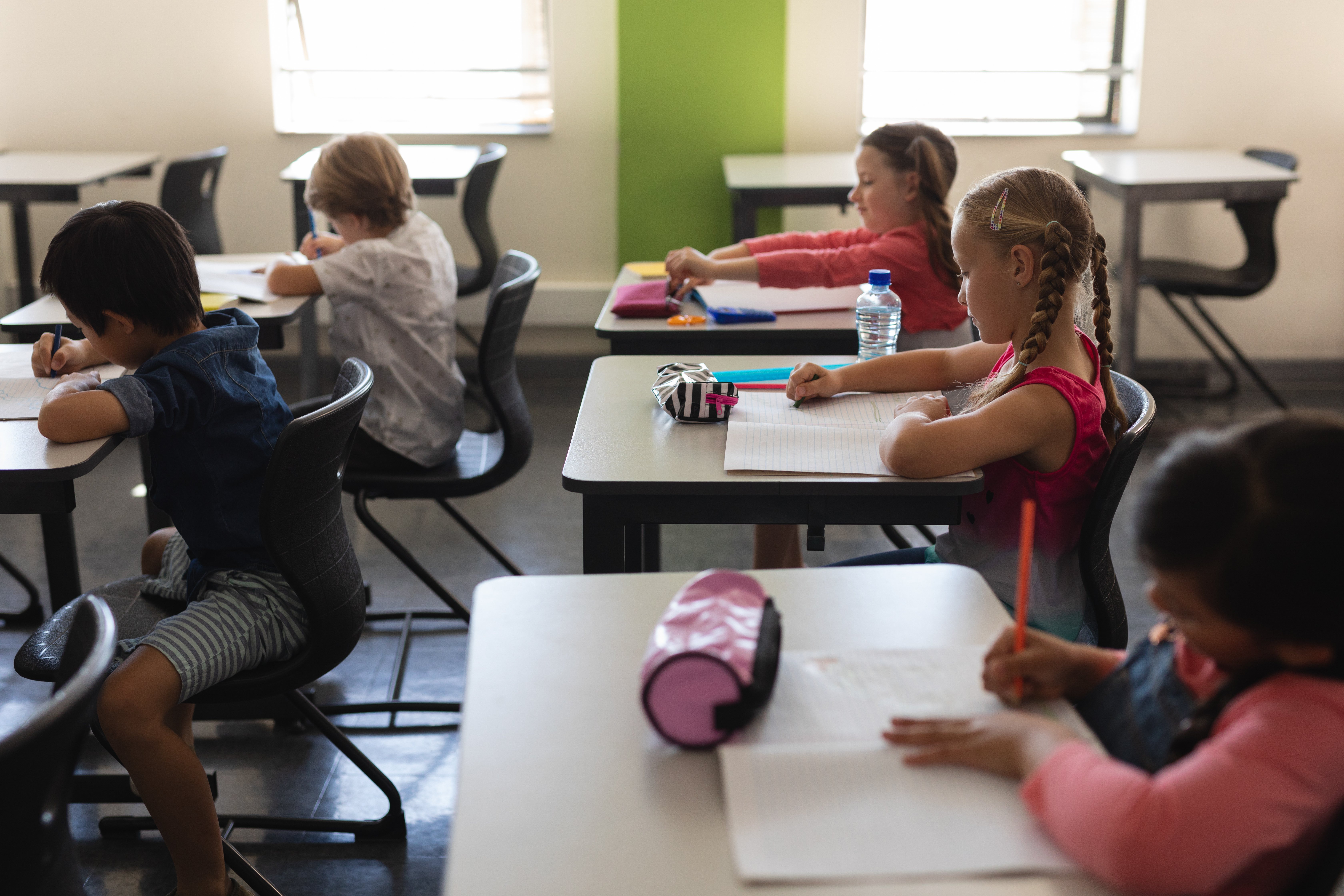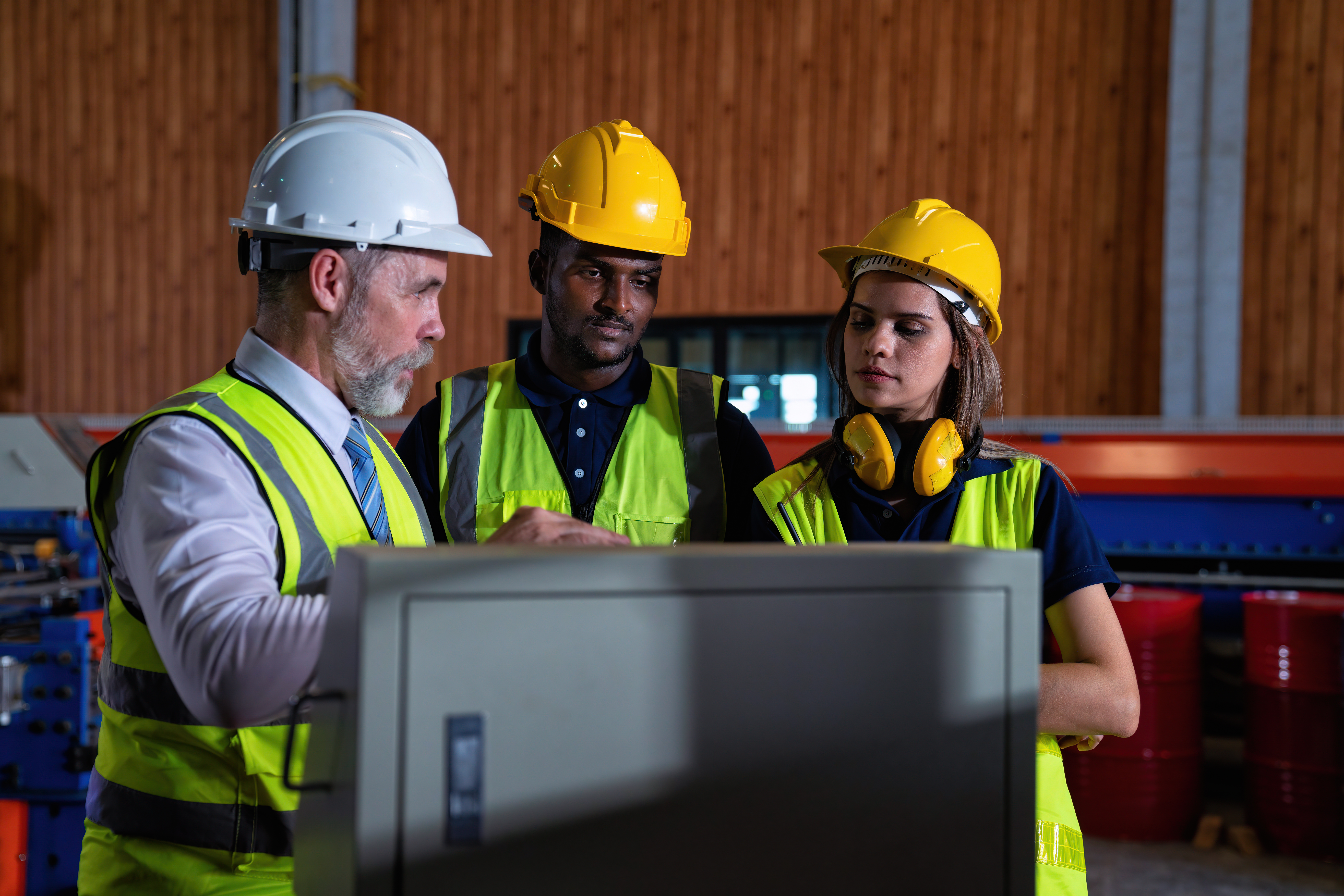Imagine a scale—the kind used to weigh gold. Precision is everything. Even the tiniest miscalibration can lead to massive errors in value. Now consider this: what if we used that same level of scrutiny to measure something even more valuable than gold—the safety of our students?
We are. Or at least, we should be.
The False Sense of Safety
These days, many schools are investing in high-tech gadgets—drones that can fly down hallways, panic buttons that initiate a multitude of systems’ actions, bulletproof window film, the latest in video surveillance technology, and more. The message is clear: we're doing something.
But here's the catch: most of this technology is deployed on the right side of the emergency timeline—after the crisis has already started. It’s like building the roof to a house before you pour the foundation. Doesn’t make sense, does it?
We're allocating resources for the response, not the prevention. And that’s where the scale tips dangerously out of balance.
Left of Bang
Let’s talk about what it means to shift left—“left of bang” in safety terms. That’s everything that happens before the moment of crisis. Prevention. Identification. Mitigation. Connection.
It’s things like:
- Knowing which students are showing early signs of distress.
- Teaching staff how to make confident decisions in real time.
- Practicing evacuations that simulate real urgency—not polite walks in straight lines.
- Training your team to report what’s missing—not just what’s present—during drills.
We spend a lot of time fantasizing about stopping the “big one.” The active shooter. The once-in-a-career event. We’re so focused on the low-frequency, high-impact scenario that we’re totally missing the high-frequency, low-impact scenarios that happen every day. But those low-impact events could (and in many cases, have) lead to a high-impact event.
Tech Isn't the Enemy—It's Just Not the Savior
To be clear, drones aren't the problem. Panic buttons aren’t evil. The issue is thinking that those things alone will save us.
A drone can't prevent a student from getting on the pathway to violence. It can’t identify trauma. It doesn’t build trust, relationships, or school culture. That takes time, leadership, and, yes, effort.
And that effort often costs nothing—except commitment.
The Trust Factor
When schools lose the trust of their community, the signs are obvious. Enrollment drops. Homeschooling spikes. Public support wanes. And once trust is gone, it’s hard to get back.
Prioritizing the safety of kids—before, during, and after an emergency—is one of the fastest ways to earn that trust again.
So, Is Your Safety Plan Balanced?
Think about your own school or district. Look at your budget. Look at your protocols. If you mapped every safety initiative onto a timeline—from prevention to recovery—where does most of your effort fall?
If it’s all clumped on the response side, your scale is off. And when it’s off, you’re betting that nothing bad will happen—or that you’ll be fast enough when it does.
Spoiler alert: emergencies don’t wait for you to be ready.
Call to Opportunity
This school year, do the hard thing: rebalance your safety scale.
- Audit your current safety initiatives.
- Push decision-making to the lowest capable level.
- Train your team to respond without a checklist.
- Reinvest in prevention—not just in product.
You don’t need a bigger budget. You need a better plan.
The lives of your students are more valuable than gold. Let’s start weighing our choices accordingly.










.png)

No Comments Yet
Let us know what you think